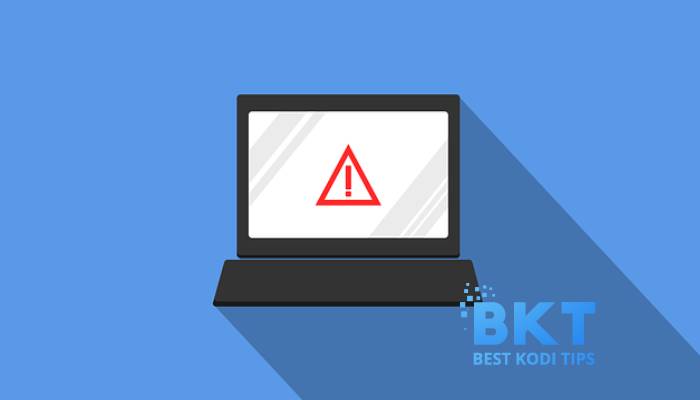In today’s digital age, where cyber threats are evolving at an alarming rate, protecting your organization’s sensitive data and network infrastructure has never been more critical. While advanced security systems such as zero trust architecture are essential, your network’s weakest security link often lies within your own organization – your employees.
To ensure your network’s safety, it’s imperative to empower your staff with the knowledge and skills necessary to identify, detect, and respond to threats effectively. Let’s explore a few key strategies you can use to strengthen this vital link and bolster your organization’s cybersecurity defenses.
Education and Training
Education and training are the cornerstones of a robust cybersecurity strategy. Equip your employees with the knowledge they need to recognize potential threats and understand the best practices for protecting your network. Here’s what you can do:
- Cybersecurity Awareness Programs: Implement regular cybersecurity awareness programs that cover the latest threats, phishing scams, and social engineering tactics.
- Security Training: Offer specialized training to employees who handle sensitive information, focusing on identifying and handling potential threats.
- Simulated Phishing Campaigns: Conduct simulated phishing exercises to test your employees’ response to phishing attacks and provide immediate feedback.
Establish Clear Security Policies
Clear and comprehensive security policies are essential for ensuring that your employees understand their responsibilities and the organization’s expectations. Develop and communicate these policies effectively:
- Data Handling: Establish policies for the safe handling of sensitive data, including guidelines for encryption, data storage, and sharing.
- Password Management: Emphasize the importance of strong, unique passwords and set guidelines for password complexity and regular updates.
- Device Usage: Define the use of personal devices on your network and the security measures required to do so safely.
Regular Updates and Patch Management
Outdated software and systems are a prime target for cybercriminals.
Ensure your organization stays protected by implementing these practices:
- Regular Software Updates: Keep all software, including operating systems and applications, up to date with the latest security patches.
- Vulnerability Scanning: Perform routine vulnerability scans to identify and address weaknesses in your network infrastructure.
- Zero Trust Architecture: Put “least privilege” policies in place, minimizing your organization’s attack surface and helping employees prepare for attacks by proactively “assuming breach.”
Incident Response Plan
An effective incident response plan is crucial for minimizing the damage caused by a cyberattack. Develop a comprehensive plan that outlines the steps to take when a threat is detected:
- Reporting Procedures: Create clear guidelines for reporting incidents, ensuring all employees know whom to contact and how to provide essential information.
- Communication Protocols: Establish a communication chain for incident response, including a designated team responsible for managing the situation.
- Employee Training: Train employees on their roles and responsibilities during an incident, helping to minimize panic and confusion.
Continuous Monitoring
Continuous monitoring is key to identifying and responding to threats promptly. Implement the following practices to maintain vigilance:
- Intrusion Detection Systems: Deploy intrusion detection systems (IDS) and intrusion prevention systems (IPS) to monitor network traffic for unusual activity.
- Security Information and Event Management (SIEM) tools: Use SIEM tools to collect, analyze, and correlate security data for early threat detection.
- Zero Trust Segmentation (ZTS): Utilize breach containment technologies like ZTS to automatically isolate and contain potential threats before they can wreak havoc on your organization.
Encourage a Culture of Security
Finally, foster a culture of security where every employee understands their role in safeguarding the organization’s assets. You can make security a part of your organization’s DNA by acknowledging and rewarding employees who demonstrate exemplary security practices and by creating an environment where employees feel comfortable reporting suspicious activities without fear of reprisal.
In a world where cyber threats continue to evolve, strengthening your network’s weakest security link is imperative. Your employees, armed with knowledge and training, can be a formidable defense against cyberattacks. By educating, establishing clear policies, maintaining up-to-date systems, preparing for incidents, and fostering a culture of security, you’ll significantly enhance your organization’s cybersecurity posture.
Remember, cybersecurity is a continuous effort, and investing in your employees’ skills is an investment in the safety and longevity of your organization.















Comments